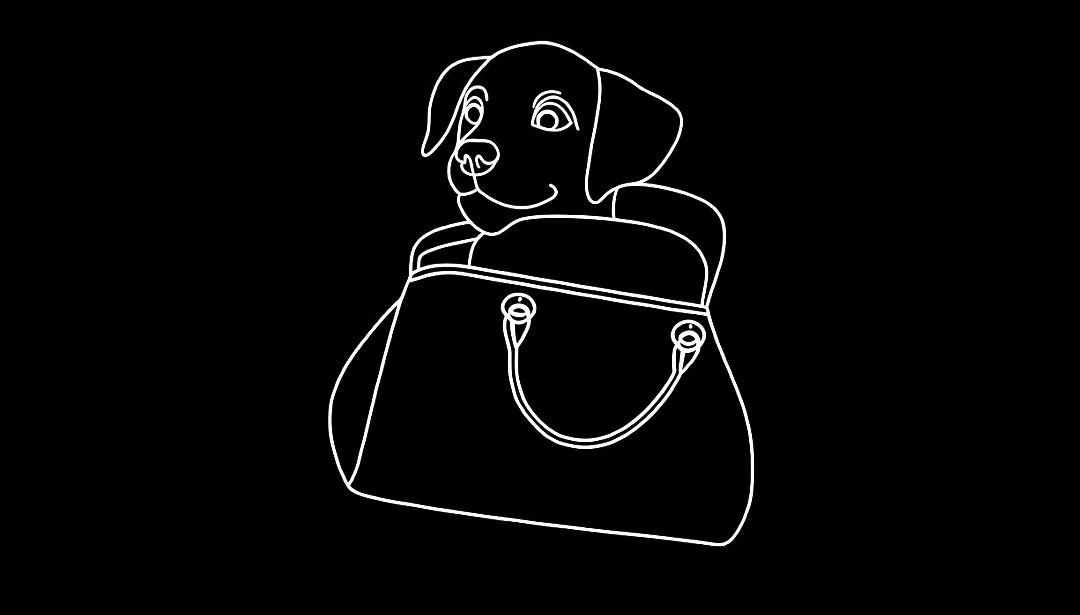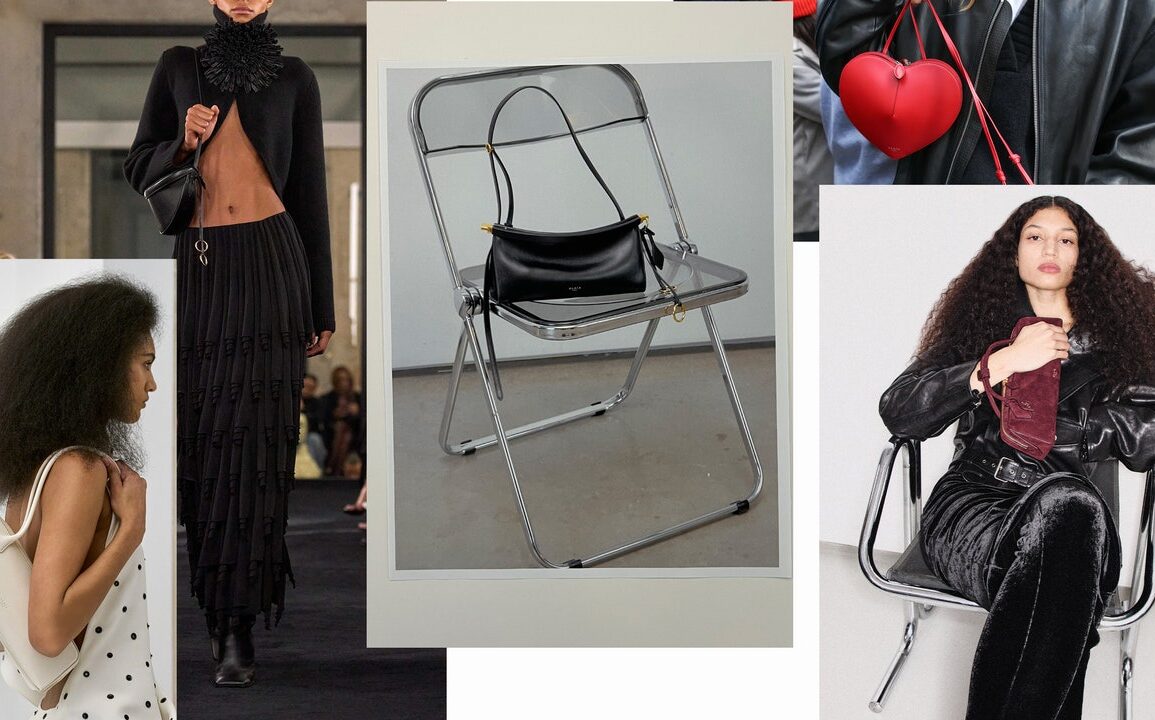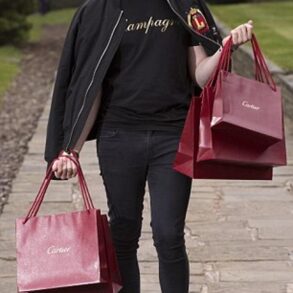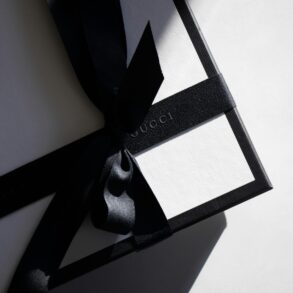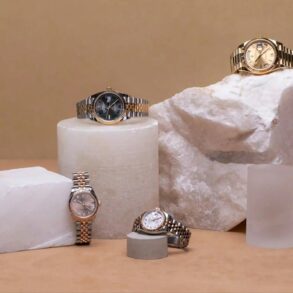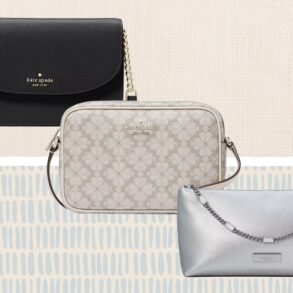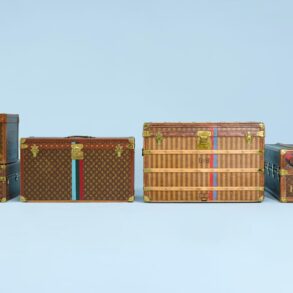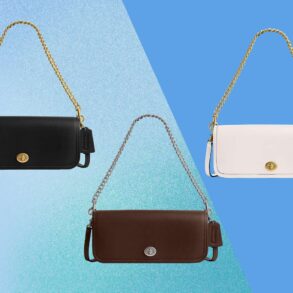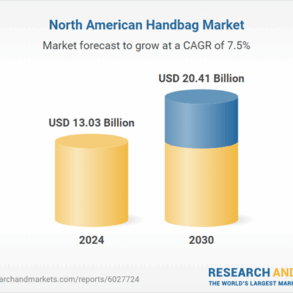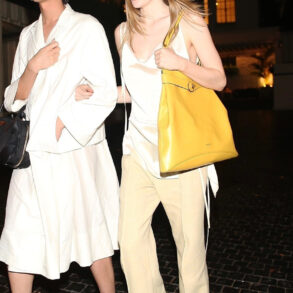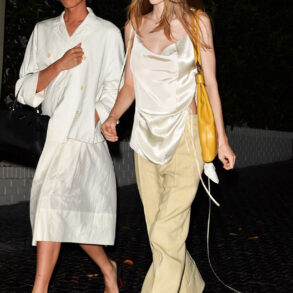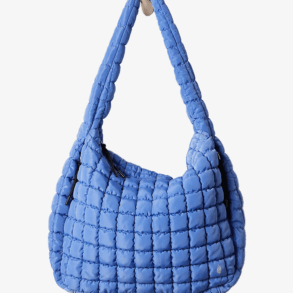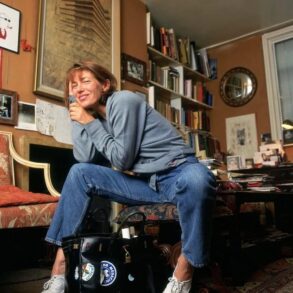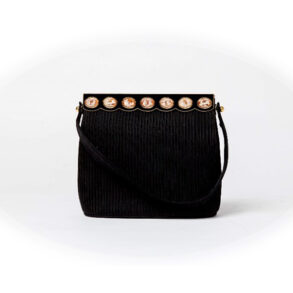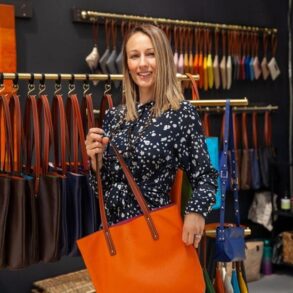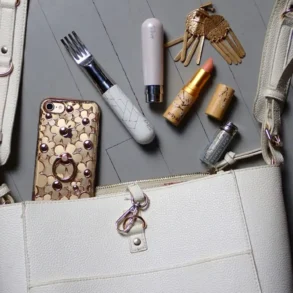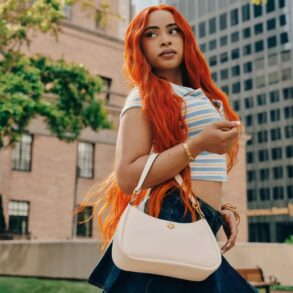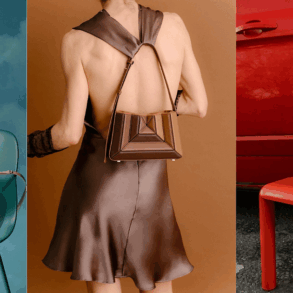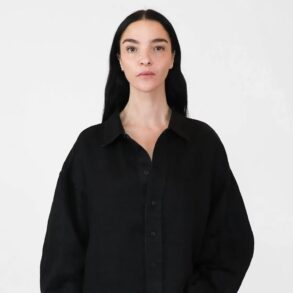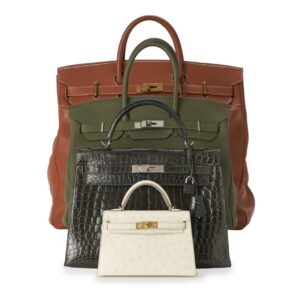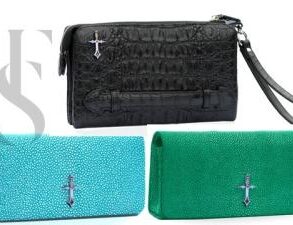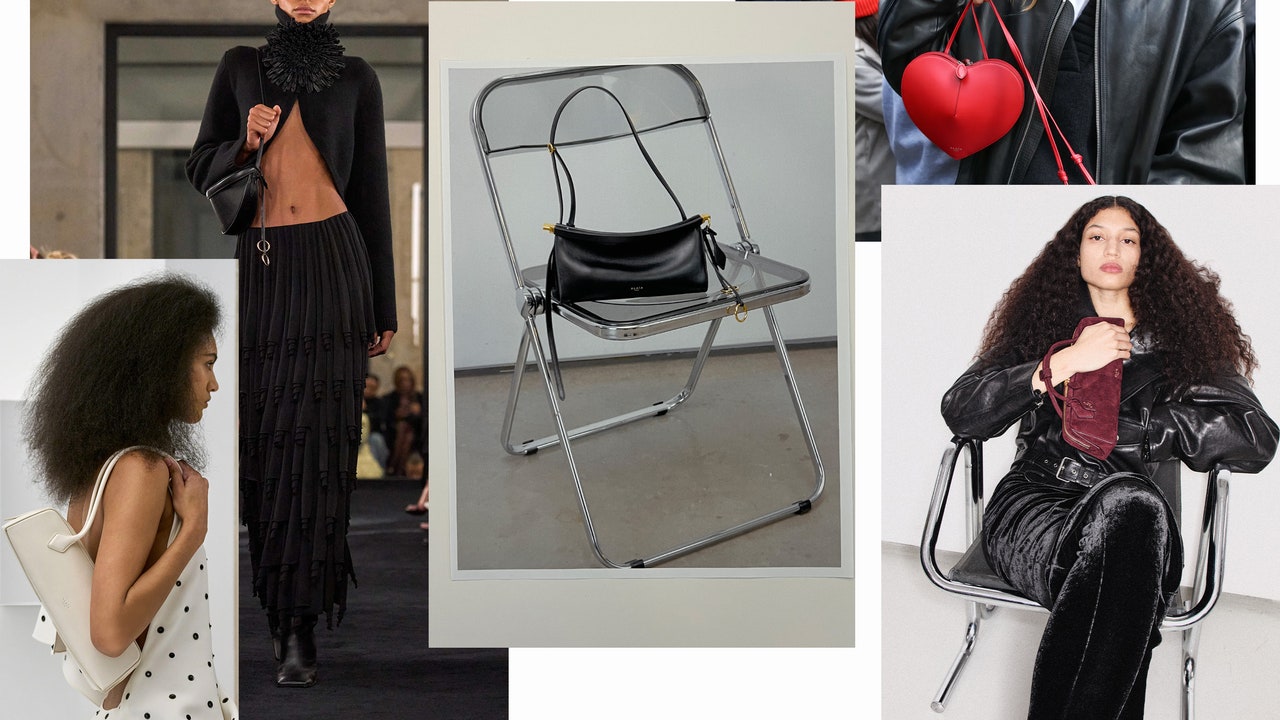
In December 1982, Vogue introduced its readers to a man “hotter than hot, narrower than narrow, more body-conscious than anybody could be.” Pictured with his beloved dog Pat-a-Pouf, Azzedine Alaïa was described as “the newest name on the fashion horizon,” a sculptor of silhouette whose radical garments “reflected the complete concept of fit: a narrowing of line, rounding of the hips, broadening of the shoulders.” The French-Tunisian designer was already making waves in Paris; now he was poised to seduce America with his inimitable combination of technical mastery and sensual provocation.
Alaïa’s mythos is well-earned. Born in Tunis in 1935 (or possibly ’39—he was known to toy with the facts), he trained in fine arts, cooked lavish dinners for friends and seamstresses alike, and, famously, designed in Chinese cotton pajamas with National Geographic humming in the background. He called Naomi Campbell his daughter and dressed women from Grace Jones to Michelle Obama. His body-conscious clothing made him the so-called “King of Cling,” but his real métier was liberation, not restriction—sculpting the body not to conceal but to exalt it.
Alaïa’s Top Handbags, at a Glance
It’s little wonder, then, that handbags weren’t his first creative calling. But when he did turn his hand to accessories, the results were as intelligent, alluring, and mischievous as his clothing. His first handbag to garner major attention wasn’t even for his own label. In Vogue’s March 1986 issue, Alaïa’s contribution to Louis Vuitton’s centennial project was highlighted: a cheeky reimagining of their classic tote dubbed the Panther Bag. “A tongue-in-cheek take,” the write-up noted, “includes faux-fur trim and a set of accessories no modern woman should be without: makeup bag, compact case, comb case, lipstick case, a condom holder—all in leopard.” Equal parts seduction and satire.
Despite this early dabble, Alaïa waited to fully enter the handbag space under his own name. It wasn’t until the early 1990s that accessories began to appear in earnest, first through collaborations (his 1991 collection for French retailer Tati included checkered bags) and eventually with the debut of sculptural, standalone pieces. Among them were the early iterations of the Corset Bag, designed in 1992 but not produced until decades later, revived in 2018 as part of Maison Alaïa’s Éditions series.
This post was originally published on this site be sure to check out more of their content.
